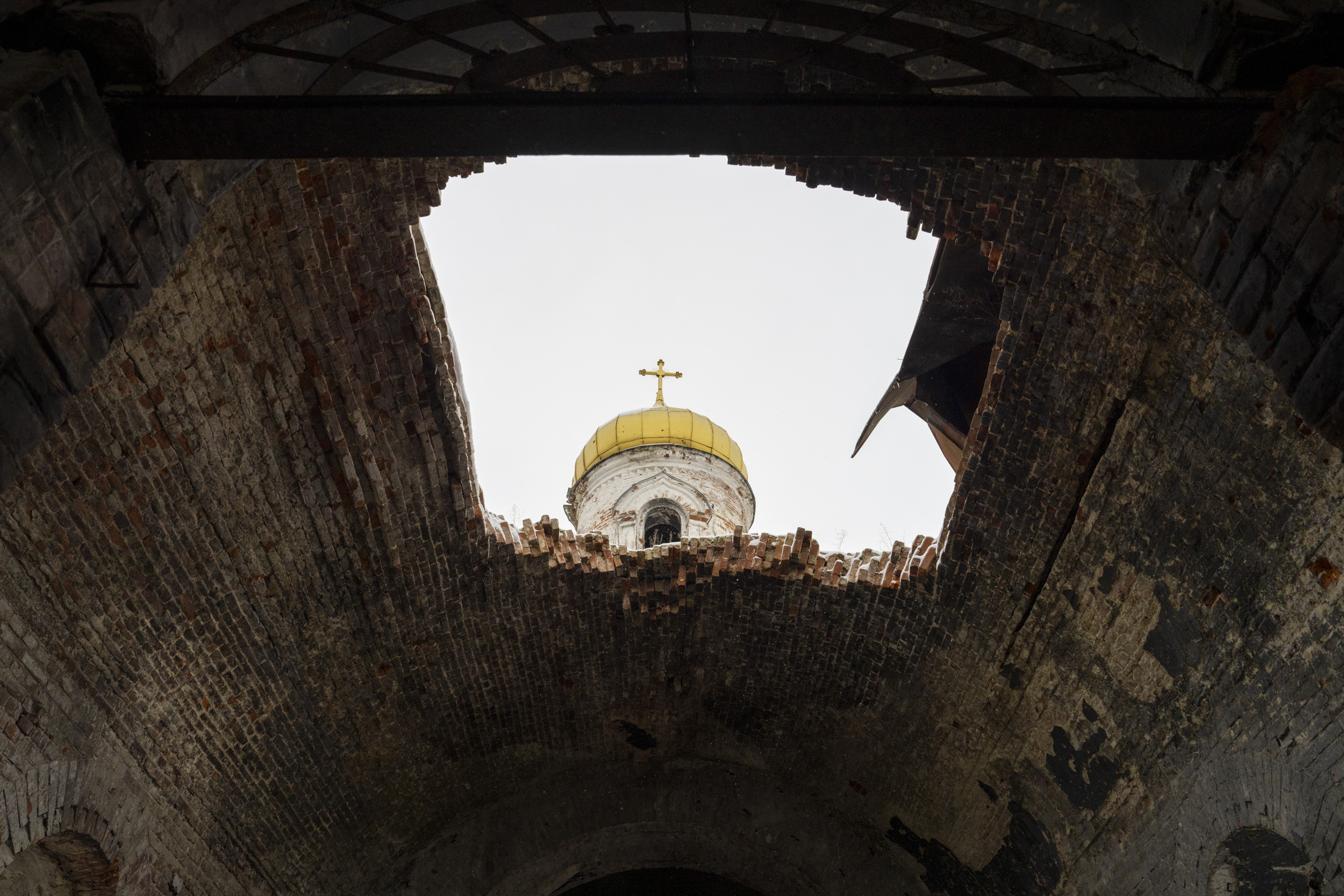

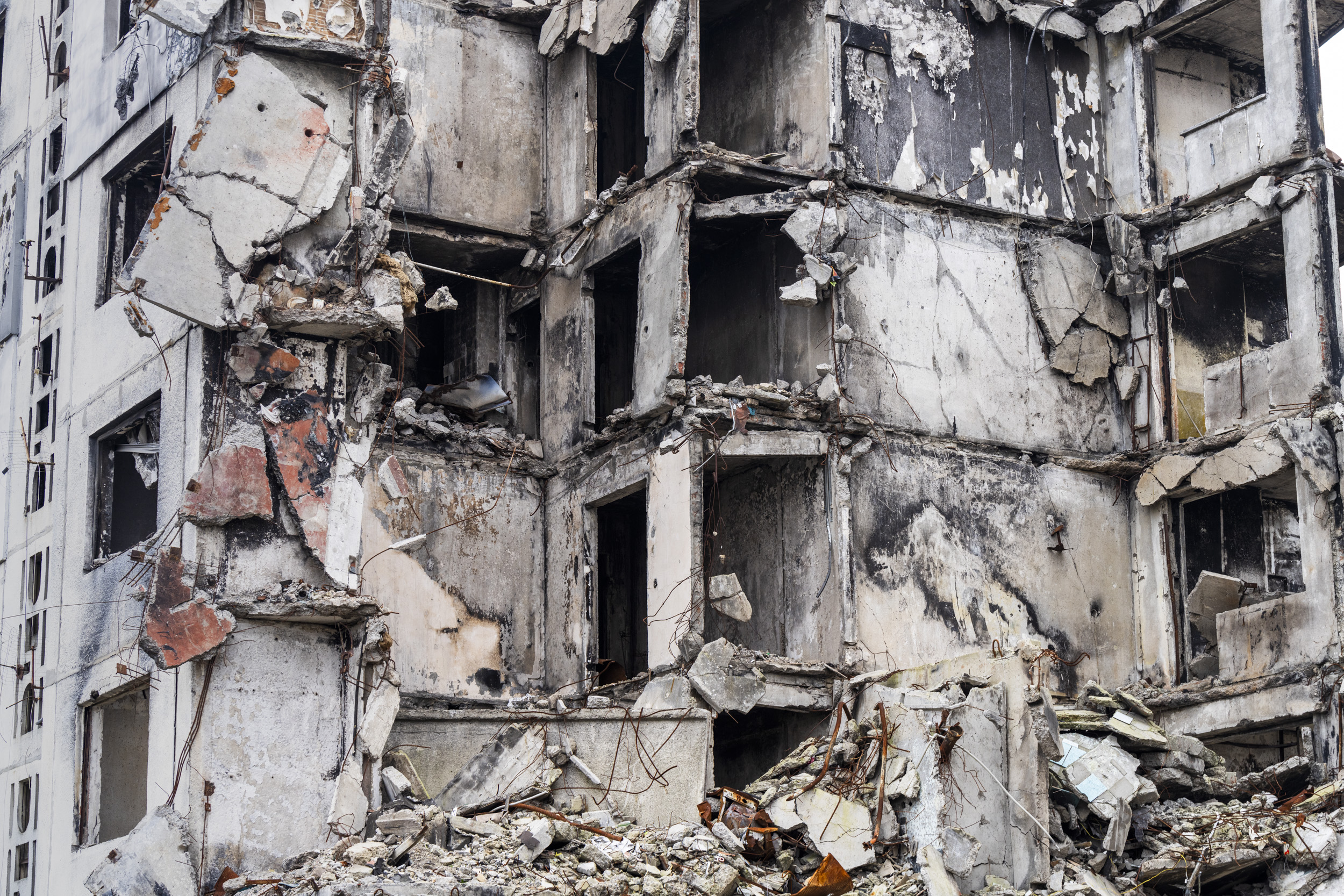
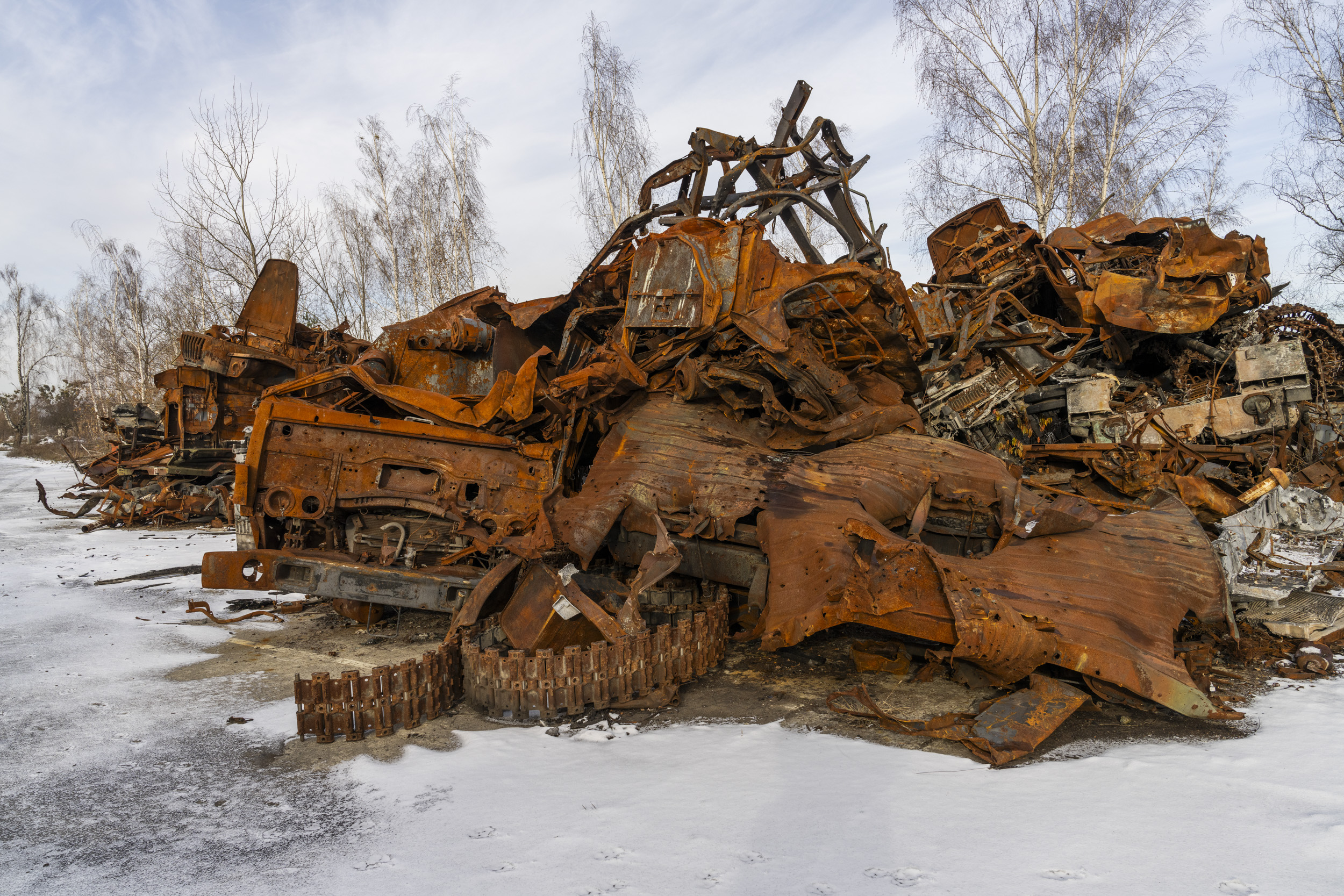
The Hostomel airport is owned by and named after the Antonov aircraft manufacturing company and operated by its subsidiary Antonov Airlines. The destroyed Mriya (the largest plane in the world-An-225) was based here. At the beginning of the 2022 Russian invasion of Ukraine, the airport became the site of an intense battle. It was temporarily held by Russian forces and sustained heavy damage to facilities and aircraft.
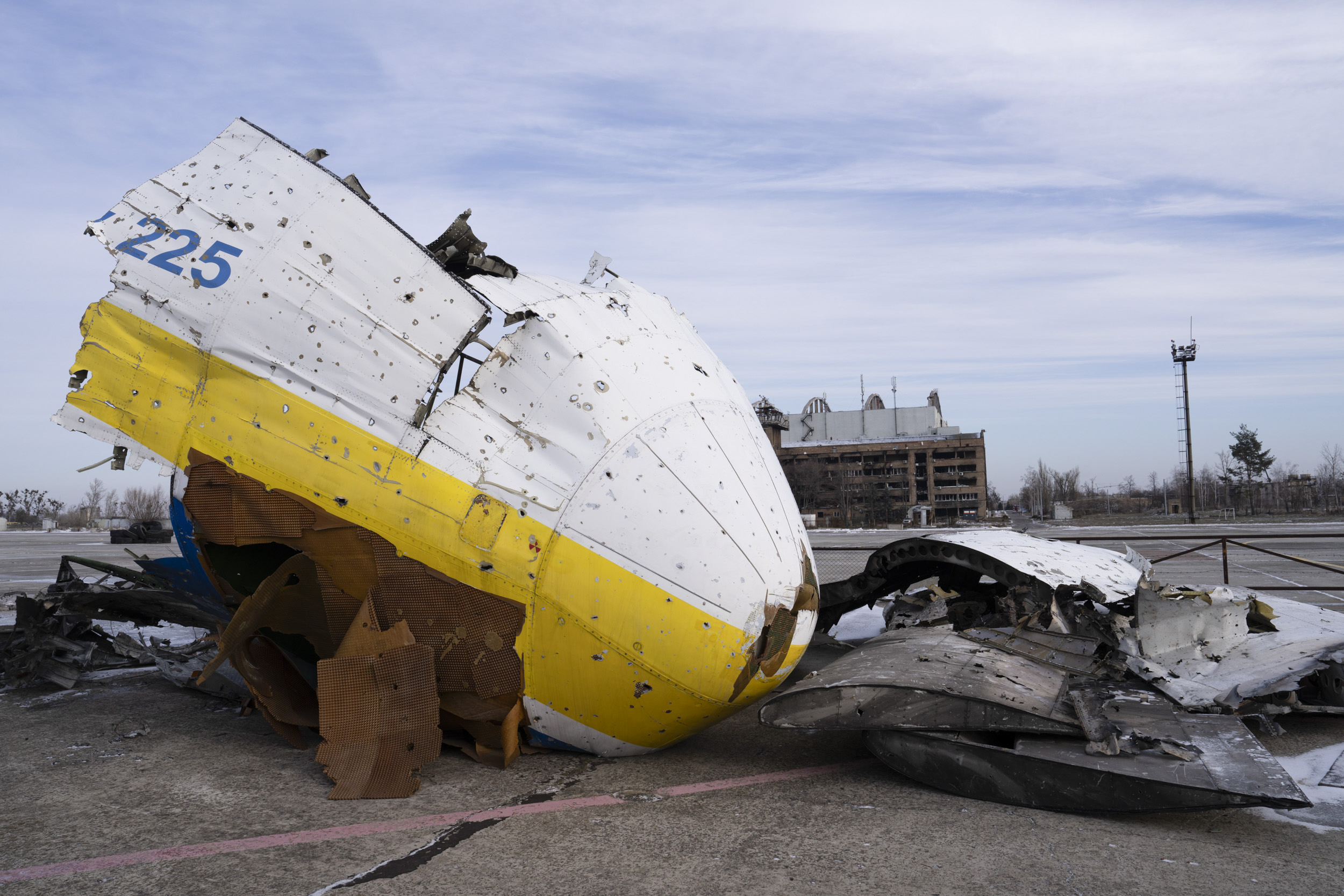
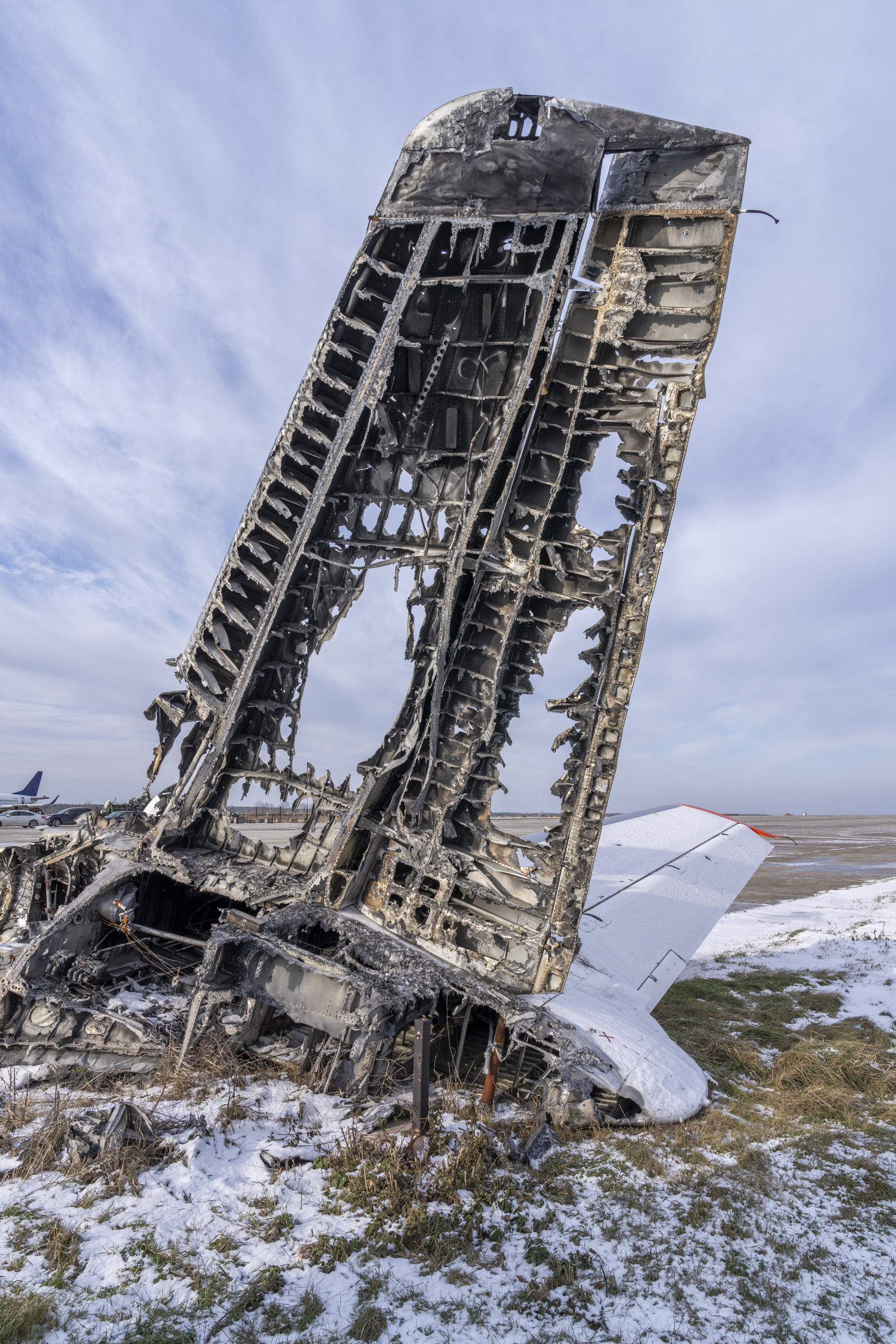
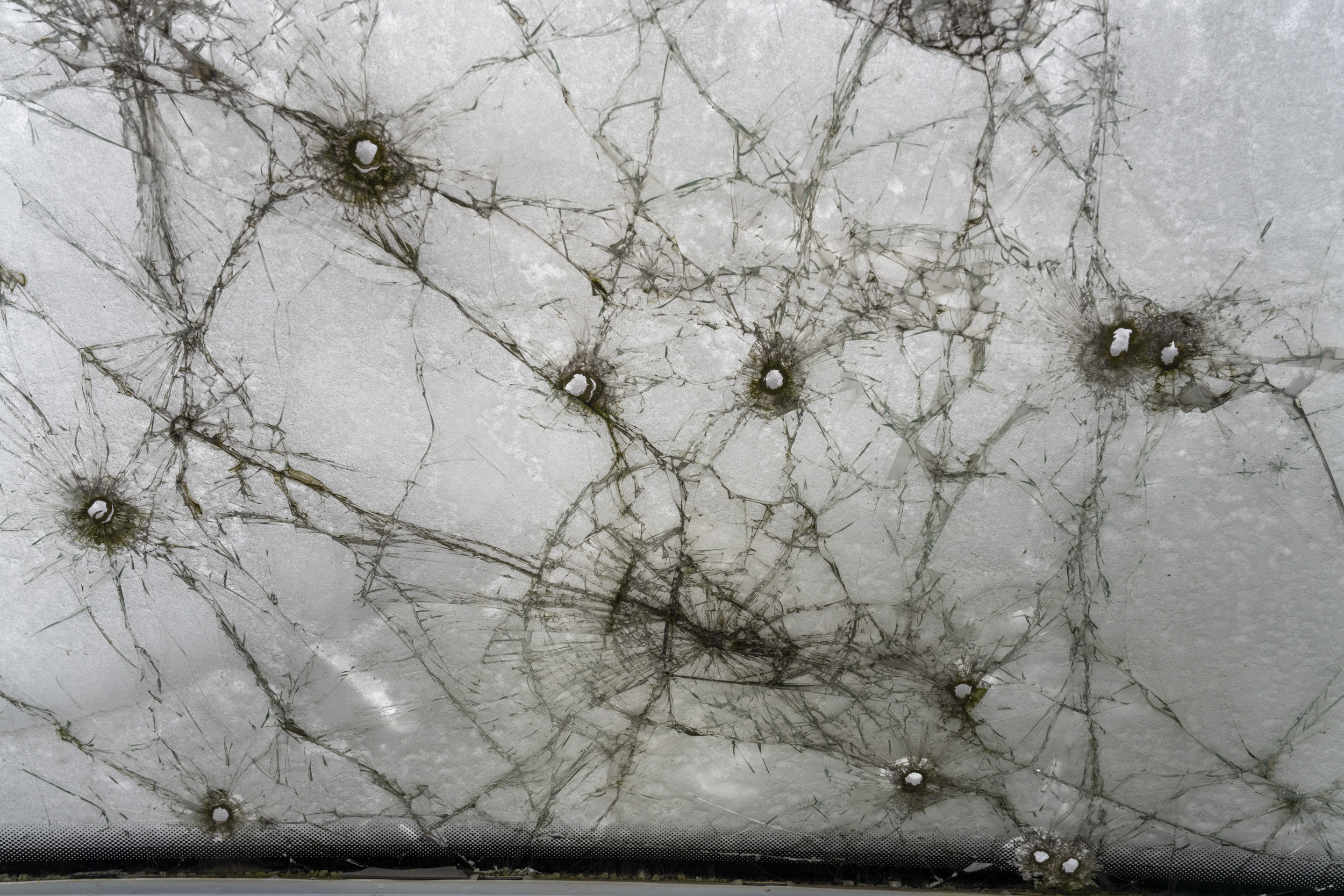

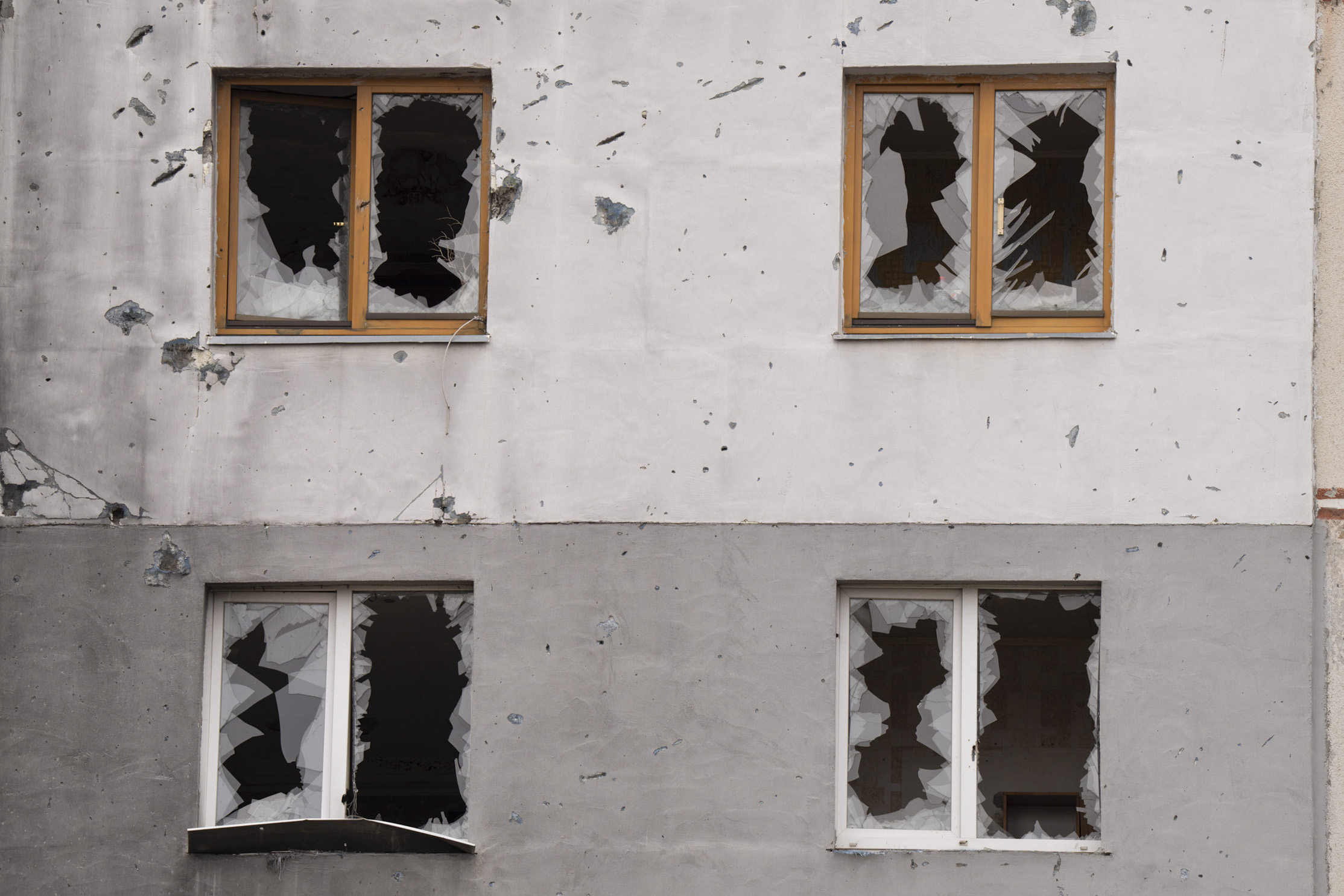
Kharkiv, Ukraine.
The neighborhood of North Saltivka was badly damaged by Russian shelling in March 2022.
Before the war it had 400,000 inhabitants. Around 70% of the houses suffered damage.
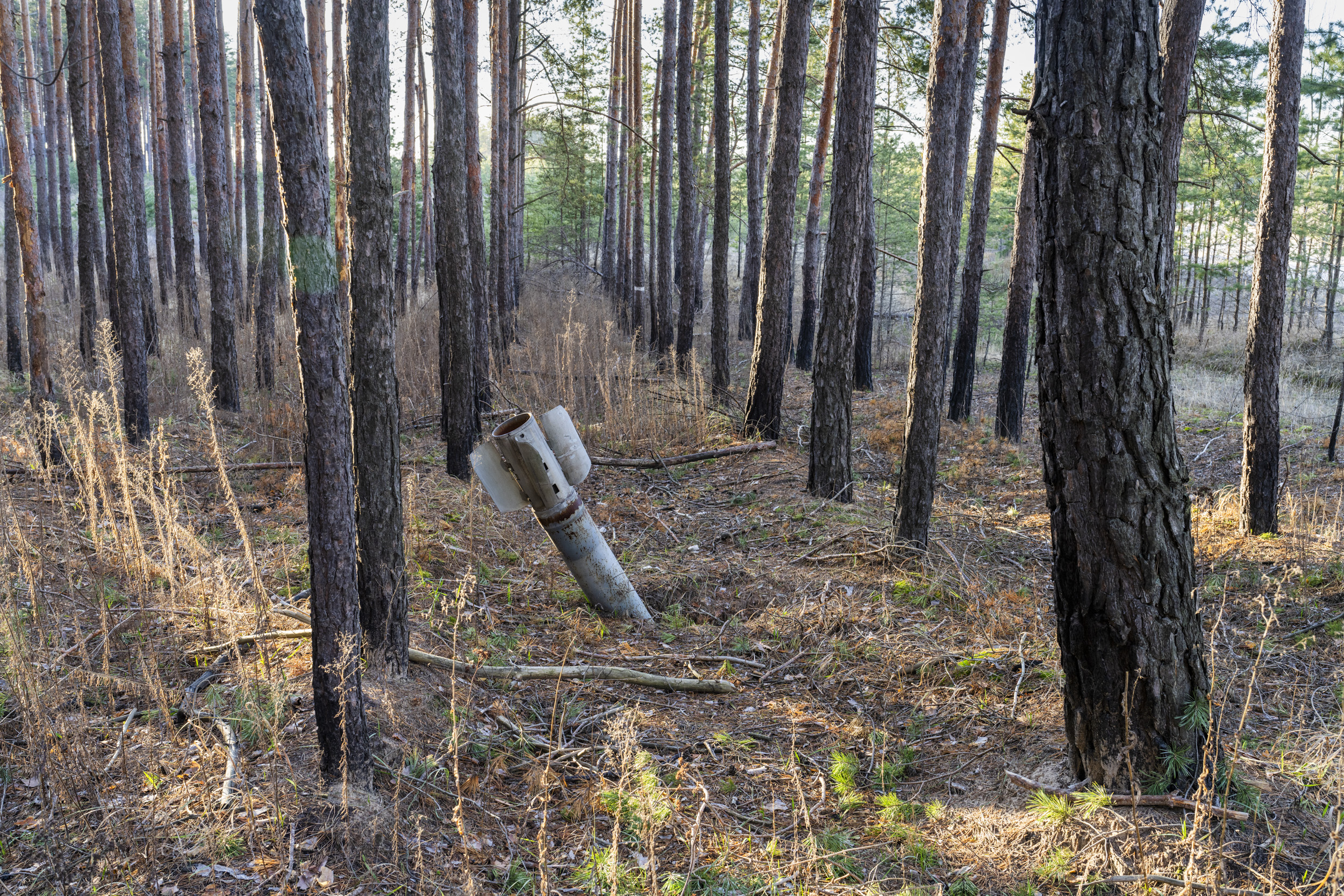
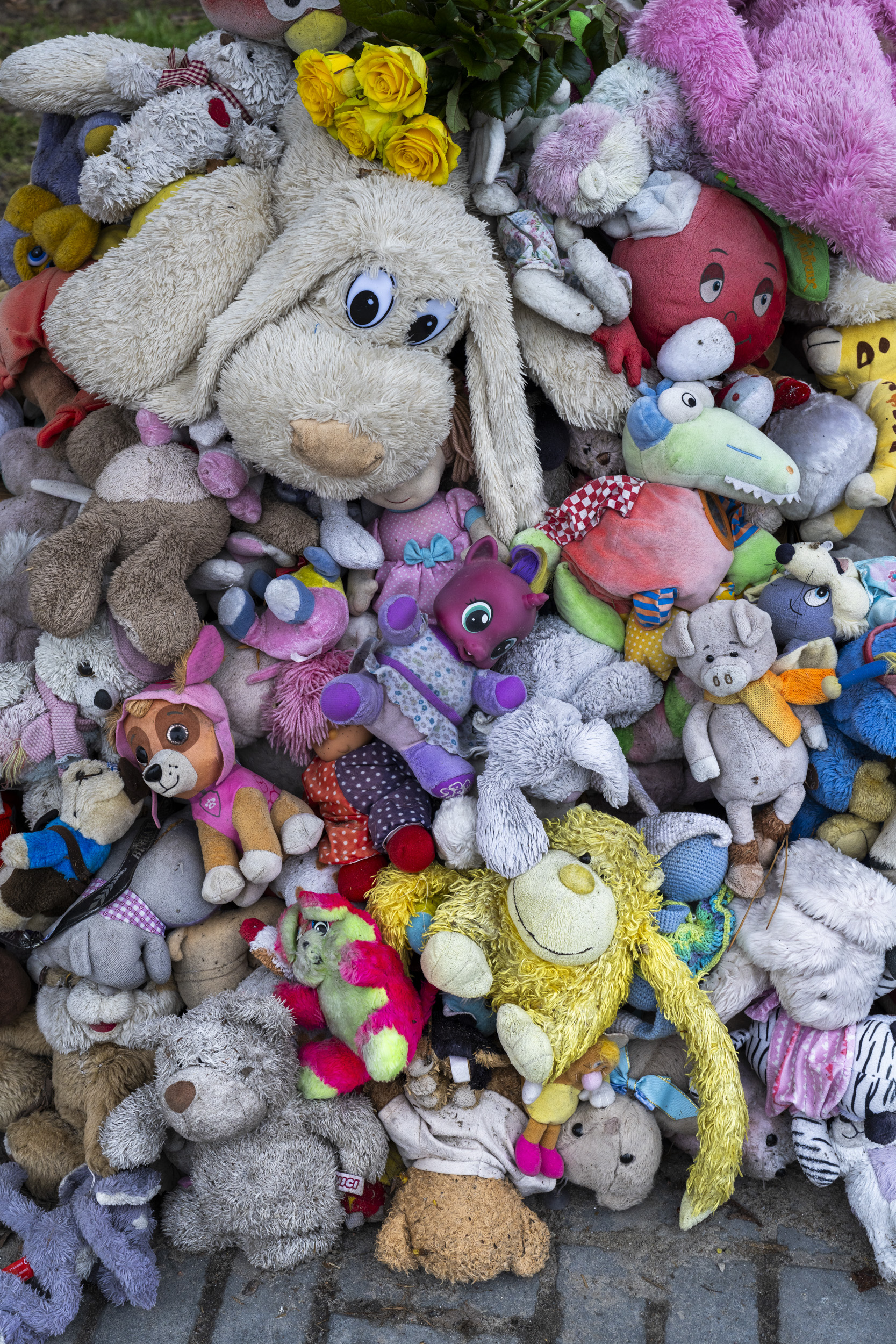
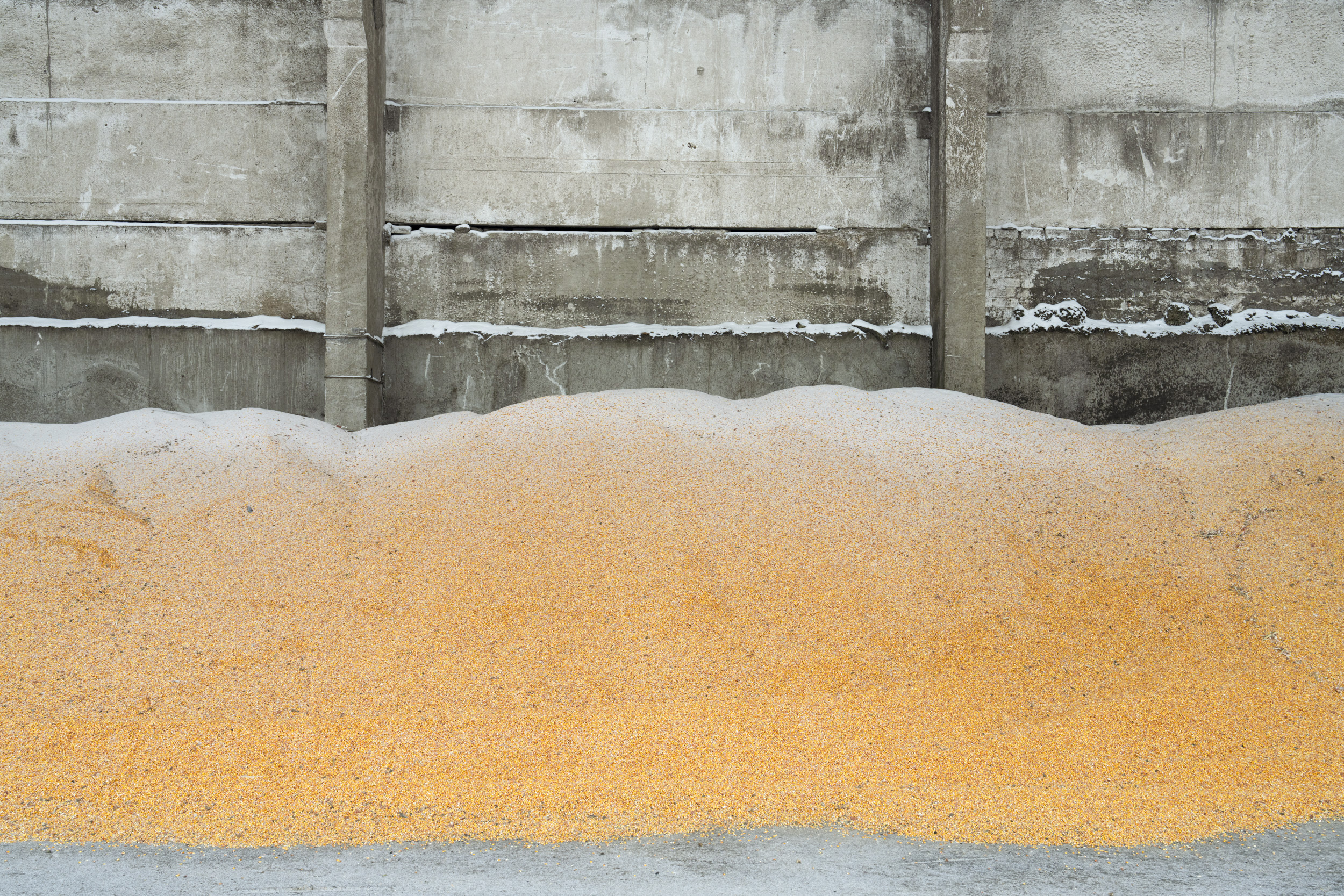
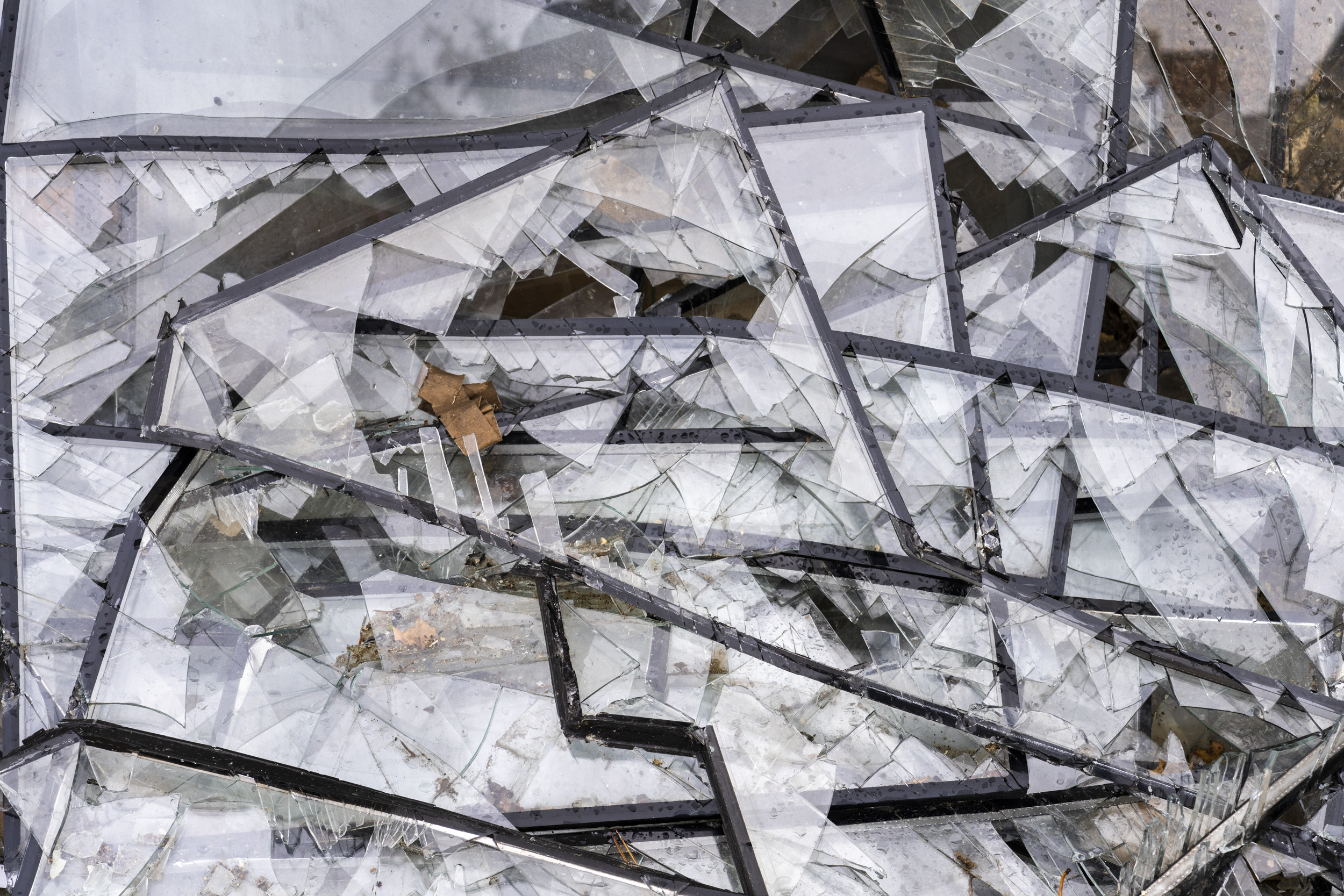
El Pais
Photographer: Daniel Beltra
Photo Editor: Gorka Lejarcegi
Heidi: Your work balances a line between environmental beauty and catastrophe with a focus on
aerial photography. How difficult was it to work from the ground, I know you had planned to fly a drone.
Daniel: Working from the ground was complicated, security is understandably tightened, and lots of different permits needed to be secured. There are also many military checkpoints all over the country.
The main difficulty for me was to wrap my head around the fact that the project I had planned and trained for most of the year (I had never flown drones before) was gone and I needed to get in gear and do what was possible.
Heidi: What foiled those plans and how hard was it to pivot? What was the lesson there?
Daniel: Even though my initial project using drones was supported by the Ukrainian authorities, things changed once I arrived in Kiev. A total ban on any civilian flying was implemented with no exceptions made. For a while, we tried to get special permission without any luck.
Flexibility would be the lesson, I had to adapt. I was concerned and had doubts, but I always told myself that the only way to take photographs was to go out and take them. Too much thinking or worrying is counterproductive. I just had to start working and get a feel for it. Now, almost three months after my return, I’m happy with the results.
Heidi: There’s an abundance of imagery covering the destruction in Ukraine, what drew you there?
Daniel: There are so many talented photographers showing the direct and brutal impact of the war.
The project I was trying to execute was different: documenting the war’s environmental impact from the air had not been done, at least not on a larger scale.
As horrible as the consequences of this terrible war were for Ukrainians, I wanted to show that there were other long-term consequences.
Heidi: Tell us about the planning and what support you had going into this trip.
Daniel: My project was sponsored by the Embassy of Spain in Ukraine and the Spanish Agency for International Cooperation and Development (AECID). I also got a couple of private donors to help.
Organizing a project like this remotely is challenging. The team at the Embassy in Kiev was crucial to get the planning going. It was them who made all the connections with the Ukrainian Ministry for the Environment. I also consulted with Greenpeace (I have a very long relationship with them) and they helped suggest locations to photograph. Between all these parties we came up with a list of locations that we thought were interesting. We then had to get the permits to be able to access them. Many were not available due to their proximity to combat zones.
Heidi: You mentioned working with the military who was juggling 100s of journalists’ requests a day – how did you hope your imagery would stand out?
Daniel: As I previously mentioned, the ecocide (environmental impact of the war) had not been covered extensively. I am not a war photographer, in fact, for this project, I had no access to the current front lines.
The final set of images diverted from that original goal. They show some of the scars the war is leaving in the country.
Heidi: Your images are haunting and absent of the human element – but indicate humanity, was that always the plan?
Daniel: That was part of the original plan. A lot of my work is done from the air. This unique perspective helps emphasize the impact we are having on the environment.
That was not an option in Ukraine. More artistic and abstract images helped give a different perspective, less harsh than pure photojournalism but also efficient to convey the ongoing tragedy.
Heidi: Knowing your work and plans for this project, I thought the first image was land scars shot from above – I was wrong. Tell us about the image.
Daniel: I like images that can be confusing on a first approach, where the viewer needs to go an extra step to understand what’s on the frame. Through that tension, I hope to inspire some reflection. This particular photograph shows the snow-covered, bullet-ridden windshield of a van damaged during the battle in the small village of Lukashivka. I shot the image from the inside of the vehicle, what happened to the occupants? It’s a haunting frame.
Heidi: Do you have plans to return?
Daniel: Hopefully before this summer, working on that right now.
The Russian invasion of Ukraine began in 2022, what were your observations on how daily life has adapted since then?
We just passed the second anniversary of the invasion. I was amazed by the Ukrainian’s resilience, despite the daily missile and drone strikes and the endless air raid alarms. Most of the nights I was there the alarms were going off, even on multiple occasions on a single night. One day a Ukrainian friend asked me if I went to the refuge during the air raid. When I answered I stayed in bed, and she replied you are Ukrainian now. It made me reflect on how tough it is to be living constantly under threat and how humans manage to adapt to almost anything.
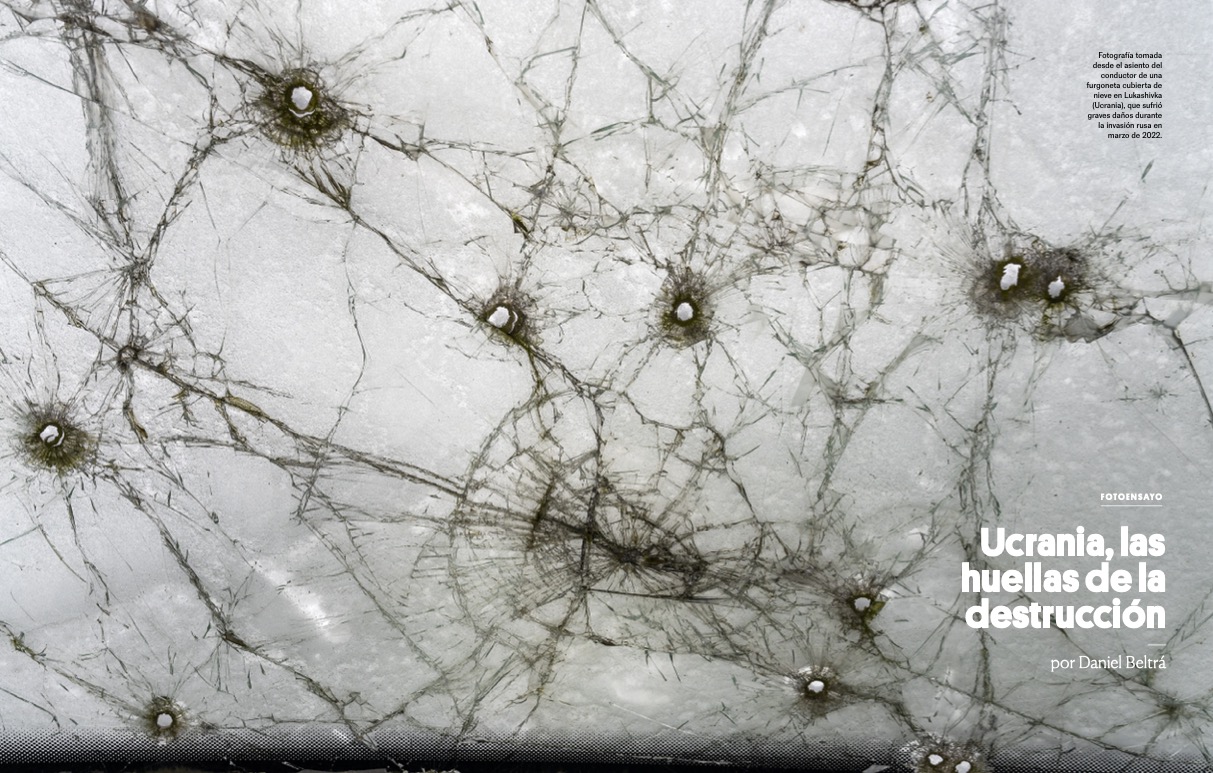
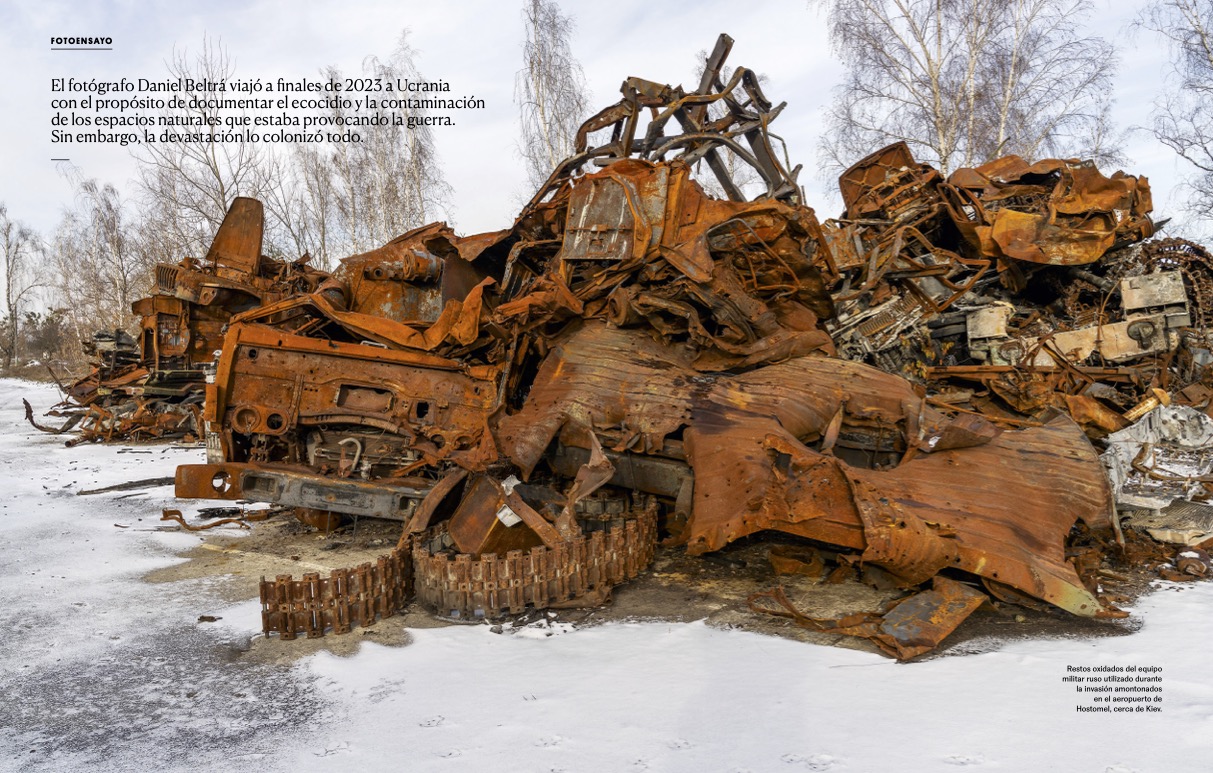

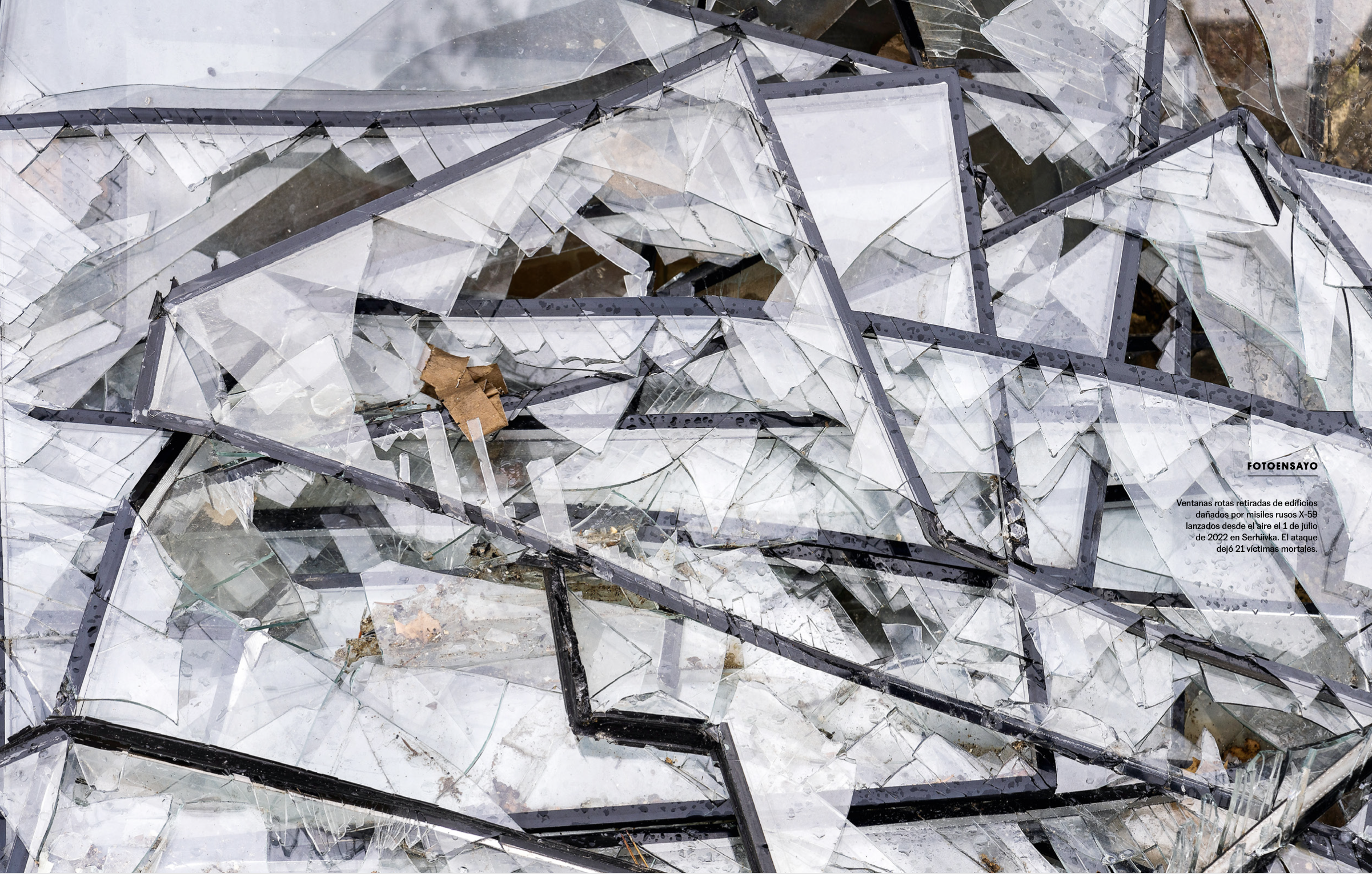

1 Comment
Really powerful images.
Comments are closed for this article!